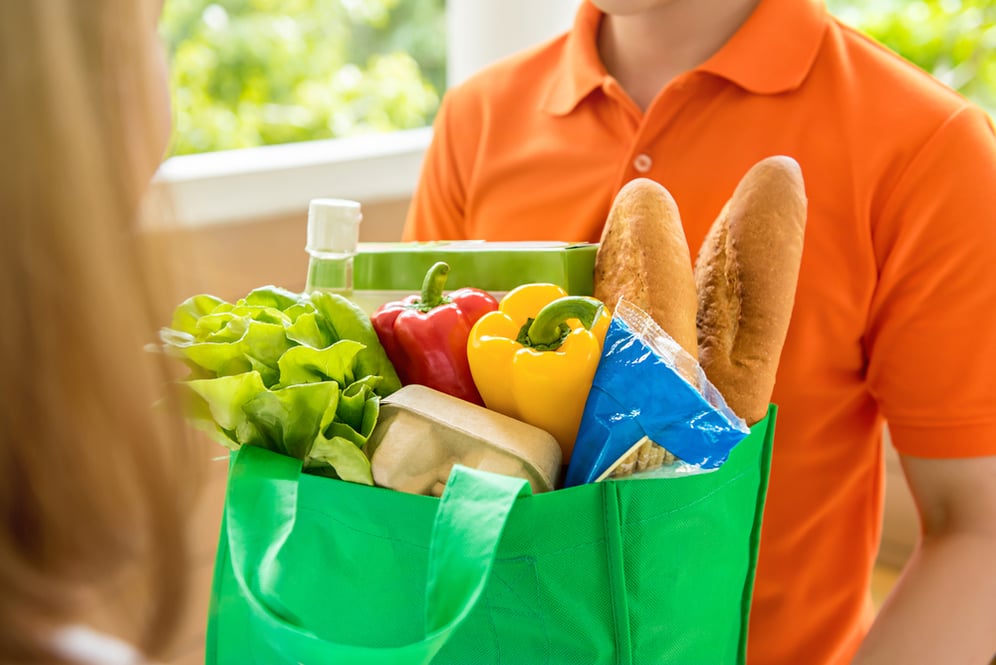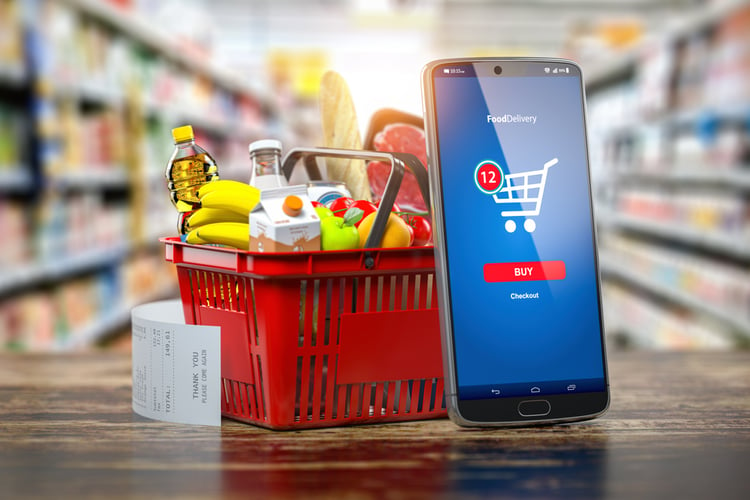The year 2020 was very challenging for retailers, including supermarket chains. COVID-19 lockdowns have forced many businesses to remain closed, which has led to a surge in online sales. According to industry data Brick Finds Click, online food sales increased by 43% between March 2020 and March 2021, reaching a sales volume of US$9.3 billion.
According to a Forbes article written by Brittain Ladd, CMO of PULSO Integration , grocery stores would simply hire more workers to fulfill online orders before 2020, or hire an outside service like Instacart. However, manual fulfillment cannot keep up with the current growth in online grocery sales and more and more retailers are starting to use automation, including smaller grocery chains.
Are you planning a microfulfillment center for your grocery store? Get a professional MEP design.
A microfulfillment center or MFC uses robotics to achieve faster food pickup. An MFC can be installed as part of an existing grocery store or can operate as a “darkstore” dedicated exclusively to online sales and not open to the public.
According to Research and Markets , MFCs represent a $10 billion business opportunity by 2026, and there will be one MFC for every 10 grocery stores in the US. Considering that there are more than 40 thousand supermarkets in the country, this represents 4 thousand MFCs in operation. Some leading providers of automated MFC technology include Alerta Inovação , Atabótica and Loja automobilistica .
Grocery Stores Save Time and Operating Costs with Microfulfillment Centers

According to Research and Markets, there are three main ways MFC technology can help the food retailer reduce its operating costs:
- Reducing storage and separation costs , thanks to the use of automation.
- Reducing last mile delivery costs by placing products closer to the customer.
- Reducing real estate costs , thanks to the compact design of MFCs.
The grocery sector is characterized by low profit margins and retailers now have to deal with the costs of collecting and delivering online orders. By using microfulfillment centers, grocery stores can fulfill online orders at a much lower cost than with manual pickup.
MFC technology can also help supermarket chains reduce their environmental footprint. According to an article from Ecommerce Germany , micro fulfillment centers could reduce delivery emissions by 25% by 2026 thanks to the shorter distance between them and customers. If MFCs were used to fulfill 50% of London's online orders by 2025, delivery traffic would be reduced by 13%, whilst avoiding 144 tonnes of CO2 emissions. Instead of delivering orders from traditional distribution centers with heavy vehicles, they can be delivered from local MFCs with light electric vehicles or bicycles – this also creates job opportunities.
Research and Markets has estimated a compound annual growth rate (CAGR) of 60% for the micro-fulfillment center industry between 2020 and 2026. This growth will be led by the grocery sector, which is expected to contribute 70-80% of the market to share.
Micro-Fulfillment Centers for Supermarket Chains: Benefits and Challenges

Microfulfillment technology can be of great help to supermarkets. However, companies must be aware of the technical challenges before making an investment decision. By working with an experienced MEP engineering company food retailers can ensure that the mechanical and electrical installations on the premises are suitable for an MFC and its automated equipment.
The following table summarizes the benefits and challenges of MFCs when they are implemented in the supermarket sector, according to Food Logistics .
|
Advantages of MFC |
MFC Challenges |
|
Faster last mile fulfillment. Reduced logistics costs. Reduced labor costs. Greater customer satisfaction. |
The initial investment can be high. The compact design of MFCs may limit storage capacity in some cases. Inventory management can be a challenge when operating a network of MFCs. |
Despite the high initial cost, a microfulfillment center can achieve a payback period of 2 to 3 years when designed and built properly. Some of the largest MFCs can process up to 5,000 orders per day, achieving order fulfillment speeds that are unfeasible with manual picking.
An MFC must be carefully planned and designed to achieve the best results. Great Britain Ladd , CMO of Pulse, recommends supply chain consulting services in his Forbes article to determine the ideal number of MFCs and their locations. He also suggests a Lean Manufacturing and Six Sigma approach along with MFC implementations, to minimize waste.
Conclusion
Micro-fulfillment centers have great potential in the grocery sector, which saw 43% growth in online sales between 2020 and 2021. Grocery stores have to deal with tight margins and MFC technology reduces the costs of picking up and delivering orders that accompany online sales. Collection costs are reduced with the help of automation, while last-mile delivery costs are kept low by being closer to the customer.

